An underlying permanent mortgage (UPM) is a commercial loan, not a residential loan like your co-op mortgage. As such, it carries additional and different terms and conditions than a residential mortgage. When selecting a mortgage for your unit, the interest rate is often the foremost consideration. That may not be true for your building’s UPM. In determining the best loan for your building when refinancing, board members should think more like landlords than homeowners.
What Are the Terms of an UPM?
Like a residential mortgage, an underlying permanent mortgage carries terms such as interest rate, term (length of the loan), amortization (payback period), fees, and prepayment. Unlike most residential mortgages, though, underlying permanent mortgages are typically made for 10 years (not 25 or 30 years), and that changes considerations for the other terms.
“Most co-op board members who come to me to refinance their underlying permanent mortgage,” says Stuart Bruck, Director of Mortgage Brokerage for Time Equities, a full-service Manhattan real estate firm, “are seeking the lowest interest rate, primarily to keep maintenance low. I explain to them that interest rate is not the only consideration. Flexibility is more important than most people realize. Typically, these loans carry a 10-year term, and generally something will happen during that time. A boiler, elevators, a roof will have to be replaced, or Local Law 10 work may have to be done. My experience both as a shareholder and a mortgage professional is that I prefer a more flexible approach that will provide for reasonable prepayment when an unexpected capital expense occurs, or when rates fall dramatically.”
Rate Versus Flexibility
The question of flexibility generally has to do with what type of lender provides the mortgage. Traditionally, asset-based lenders such as savings banks were the usual lenders for co-op underlying permanent mortgages. With the advent of securitized lending in the 1990s, Wall Street-based lenders who securitized their loans became more aggressive in search of safe assets like co-op UPMs. These securitized lenders had the ability to offer the absolute lowest rate to A+++ borrowers like co-ops that posed little risk. The structure of their financing vehicles, though, did not permit for the option to prepay the loan before maturity, or to permit secondary financing behind them. Their loans were inflexible relative to the possible needs of a co-op property, leaving little but the option to assess shareholders in the event of a major unexpected capital improvement.
To illustrate the point, let’s say your building contained 100 units and an underlying permanent mortgage of $2 million. The average proportional debt would be $20,000 per unit. If the loan carries an interest rate of 5%, the annual interest charge would be $100,000, or on average $83.33 per month, per unit. If the interest rate was lowered to 4%, the savings per month would be approximately $17 per month, per unit. That is a relatively small amount for any shareholder.
Now let’s consider that your building must replace the roof and boiler at a cost of $200,000. With no prepayment or secondary financing allowed, an assessment of $2,000 would be levied on each shareholder, a significant amount of money for any resident. The flexibility of being able to prepay the mortgage in a time of need, rather than be assessed in a lump sum is well worth $17 per month.
Bruck reports that in the end approximately 60% of co-op underlying permanent mortgage borrowers choose interest rate, while approximately 40% go for flexibility.
Another Alternative
Another alternative is to make sure that if your loan is not easily and affordably prepayable, it can afford the opportunity to place secondary financing behind it in the form of a second mortgage or credit line. “Ease of additional financing is key for lines of credit or possible second or third mortgages if your loan isn’t easily prepayable,” says Harley Seligman, Senior Vice President at the National Cooperative Bank (NCB), which has office locations in New York, Virginia, Alaska and Ohio. “We strongly encourage co-ops to take a rainy-day line of credit simultaneously with closing a first mortgage.”
Another important non-monetary point Seligman makes is that because of the nature of co-op living, operations and management, boards want to ensure that when or if there is a problem-- or the co-op representatives need to speak to someone at the lender’s offices--that access be easy and quick. Savings banks and the National Co-op Bank provide for easy borrower contact. Securitized lenders rarely do. Once your loan is sold off, the originating party (the ‘lender’) that processed your securitized loan has no further contact with the loan. Thus, always consider who you will be working with going forward.
Borrowers should think about all options when refinancing their UPMs. Clearly while the rate is important, flexibility should be considered. A homeowner never knows what’s around the corner.
AJ Sidransky is a staff writer at The Cooperator, and a published novelist.



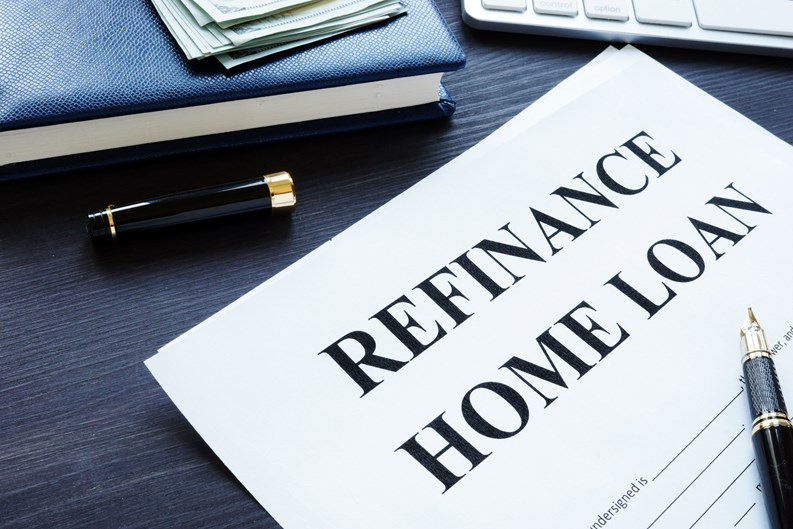
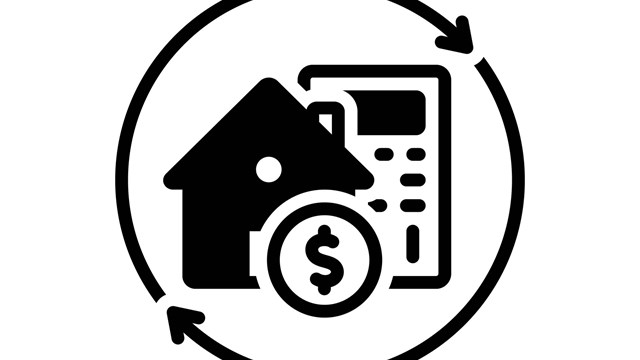

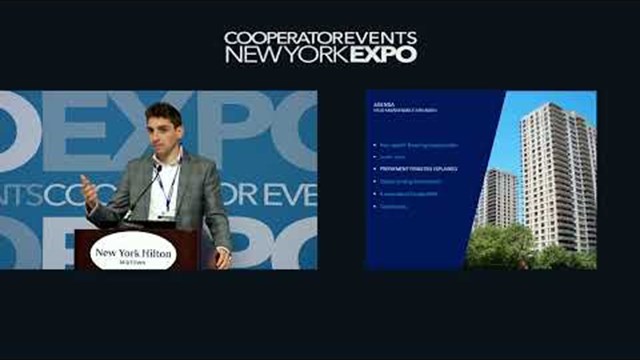
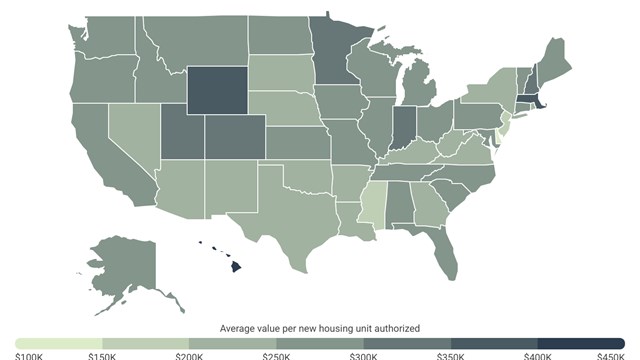
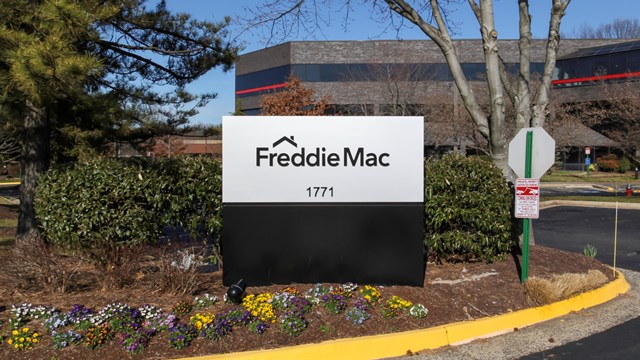
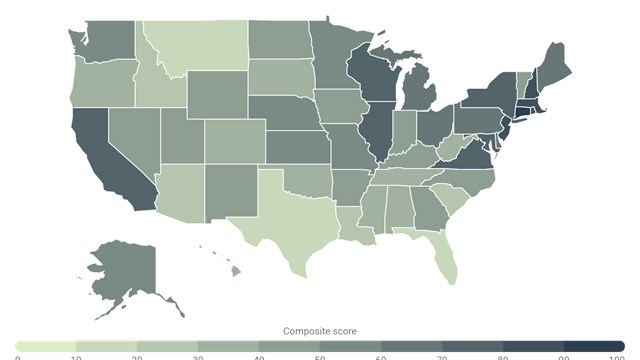
Comments
Leave a Comment